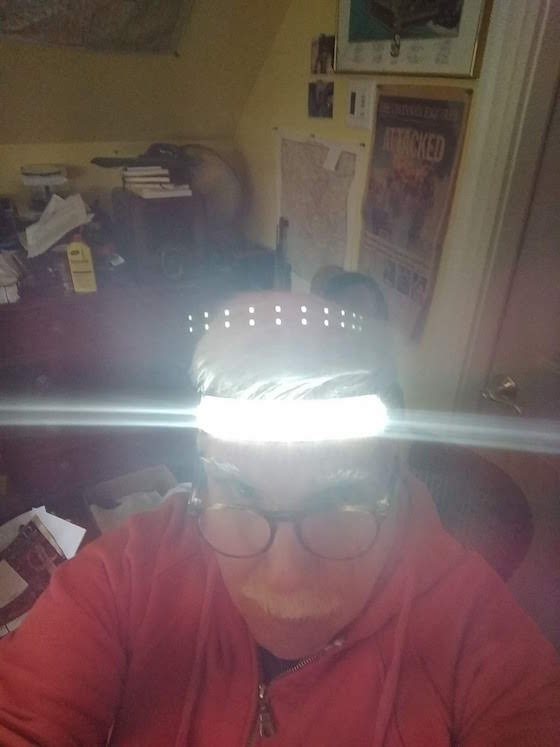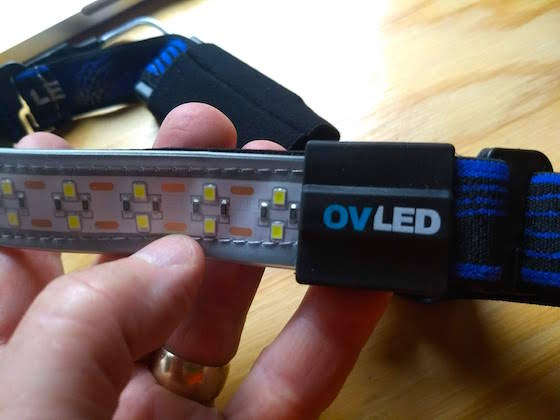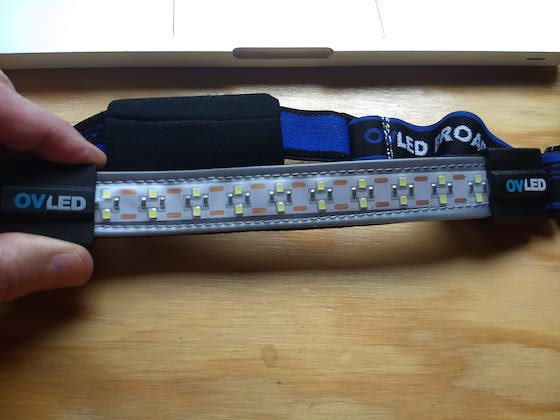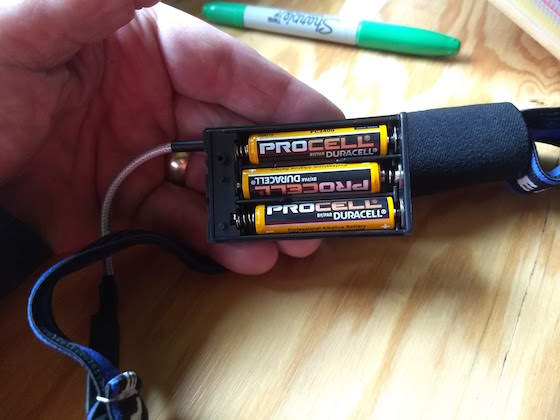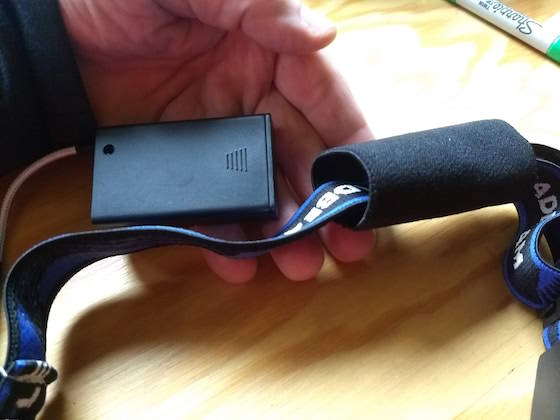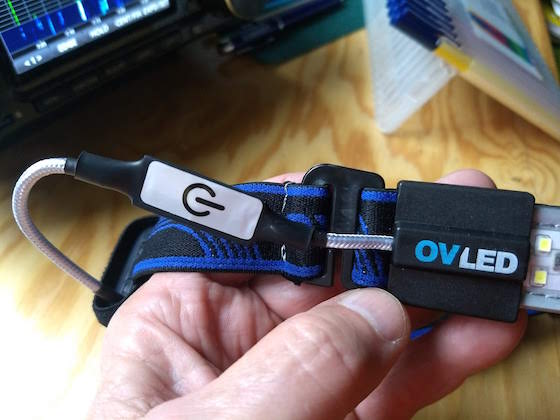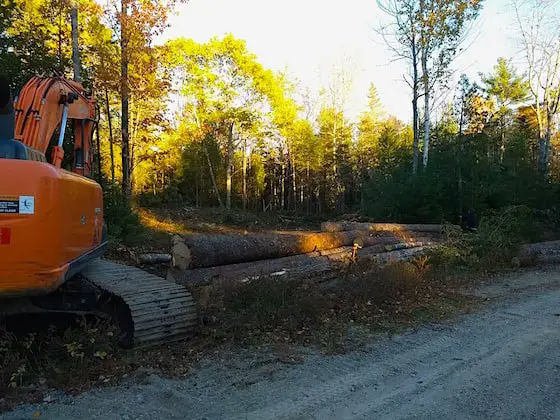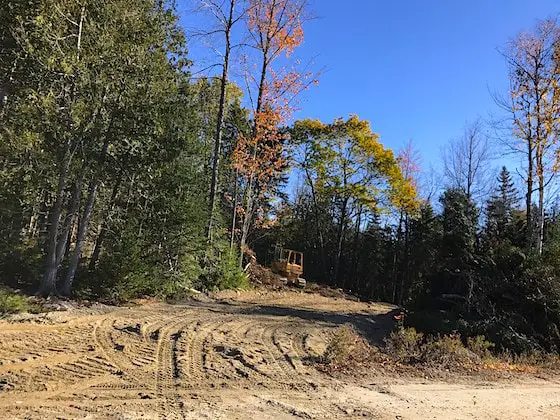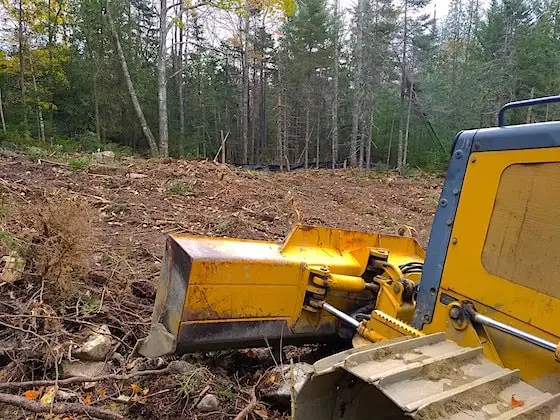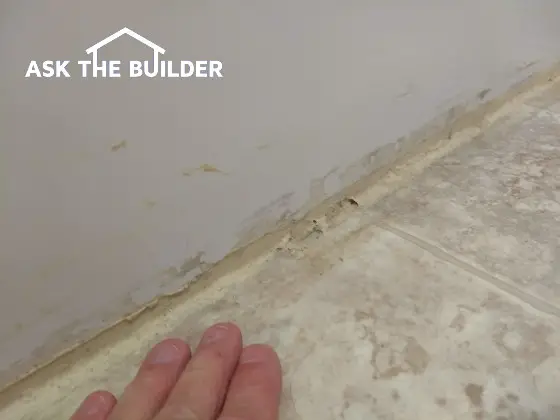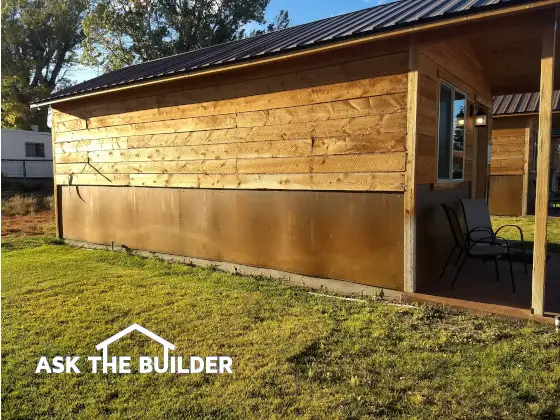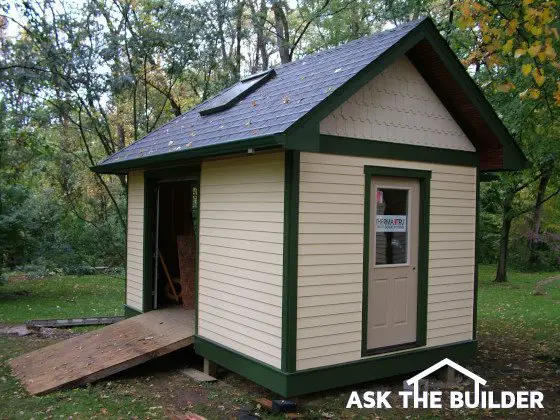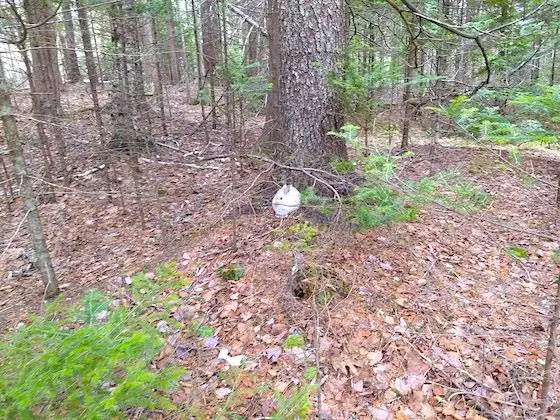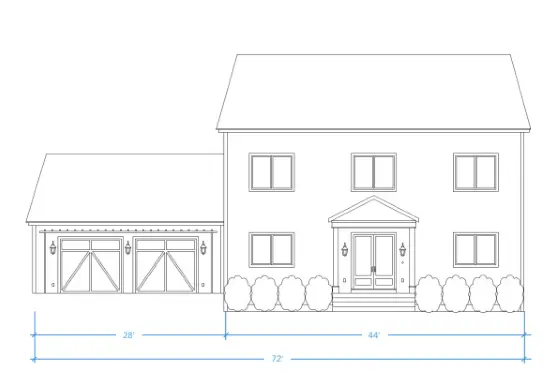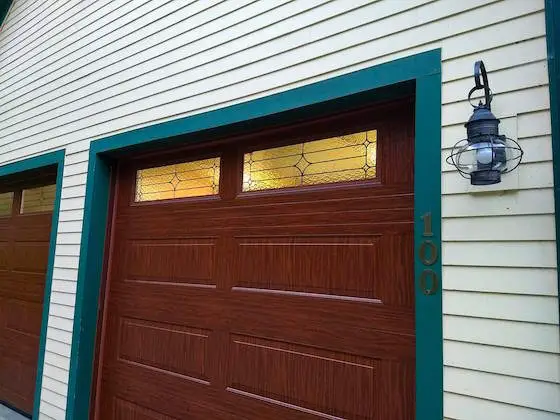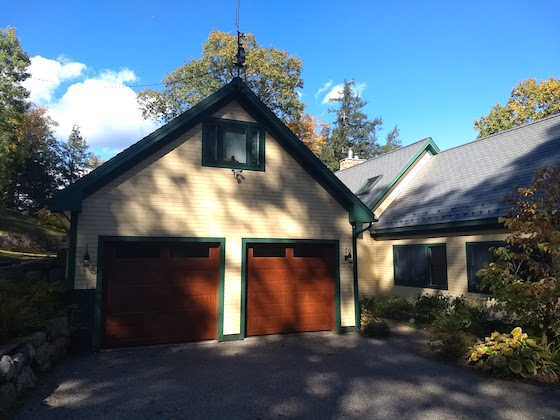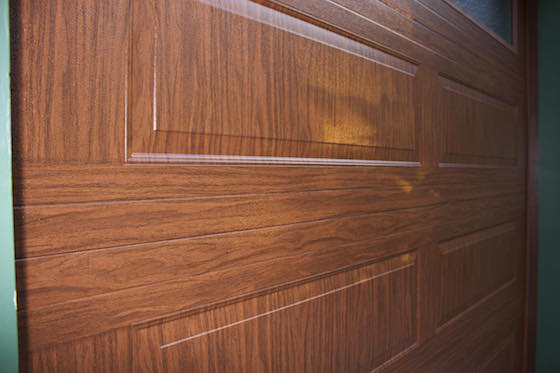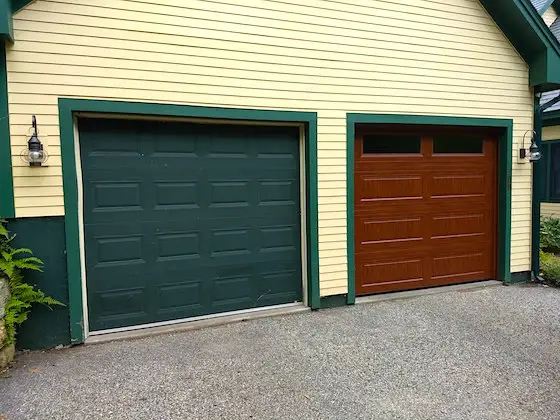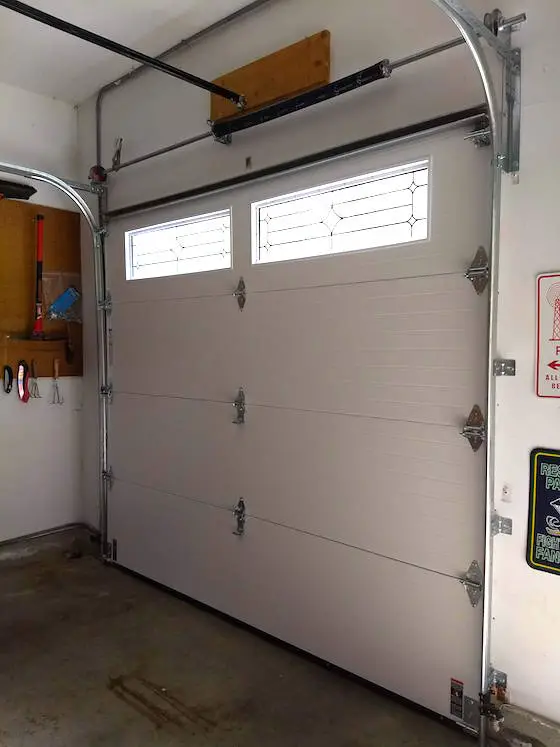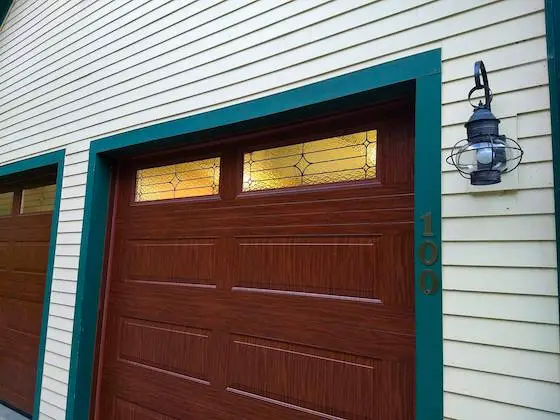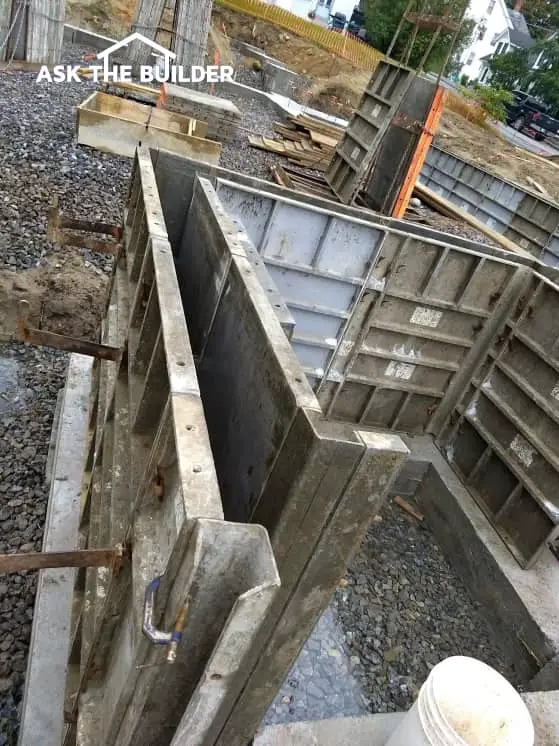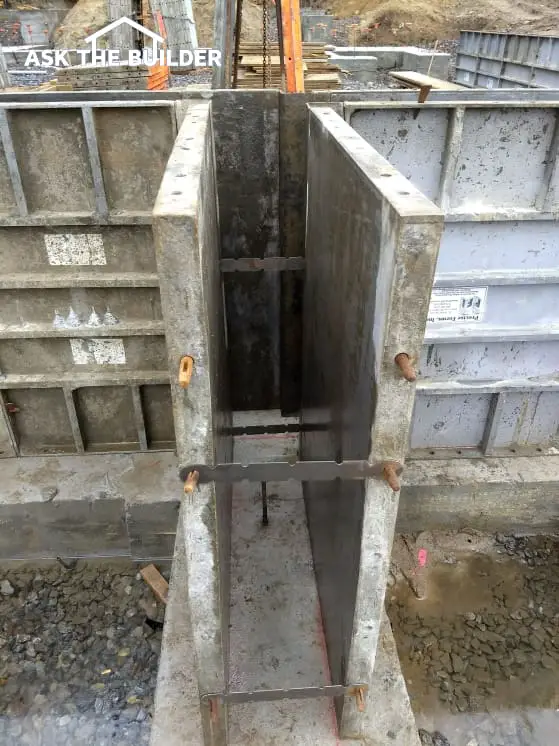
This is me, Tim Carter, in 1972. I was 185 pounds dripping wet. I'm on my first geology field trip. Copyright 2024 Tim Carter
Dr. John Alexander - University of Cincinnati Chemistry Professor
Dr. John Alexander was a physical chemistry professor at the University of Cincinnati (UC). I was fortunate to have him as my physical chemistry lab professor in the 1971-72 academic year.
It's important to realize he was a young professor and I estimate he was no more than thirty years old at the time, although he might have been a little older.
I majored in geology at UC and physical chemistry was a required course.

I was invited to speak at the UC Geology Department lecture series in the autumn of 2016. While touring the department I came across this funny sign on a lab door in the Geology Building. It's great to see humor like this on the campus. It's aimed squarely at the millennial students. My guess is some who read it are offended and have to run off to a *Safe Space*. BWAHAHAHAHAHAAHAHA - the babies..... Copyright 2018 Tim Carter
Why was Dr. Alexander Important?
Dr. Alexander was important to me because he oozed authority and respect. You may have vivid memories of some of your high school and college professors for a number of reasons. I admired Dr. Alexander because he was fair, he was knowledgeable, and his style garnered the complete attention and respect of every student. He also possessed a wry sense of humor.
What About the Millennials in 2018?
Dr. Alexander would undoubtedly be fired from his job if he had to deal with today's self-centered millennial college students. The general consensus defines a millennial as a person born between 1982 - 2004. They're also referred to as Generation Y.
This video pokes fun at some in this age group.
I'm going to share two true stories and you be the judge. Wait until you read the second story submitted to me by a college professor here in October of 2018. But first, read about Dr. Alexander.
The First Two Dr. Alexander Labs
This is a true story and I'm not embellishing it one bit. I only wish I could go back in time and record a video of what I'm about to share with you.
I can't remember what day my three-hour physical chemistry lab was on, but I'm fairly certain it was every Thursday from 2 until 5 pm. The first lab class in the autumn quarter is burned into my memory because of what happened a week later.
The modern, at the time, building that housed the chemistry labs had synchronized clocks up on the walls in each classroom. These clocks would buzz for two seconds at the top of each hour.
I got to the classroom at about 1:57 pm on that warm autumn day and Dr. Alexander was leaning against the desk adjacent to the chalkboards in front of the room. He had an impish smile on his face. He may have returned cordial "Hellos", but I don't recall if that happened.
At 2:00 pm the buzzer sounded and the moment it stopped Dr. Alexander said, "Welcome. I'm Dr. John Alexander and I'll be your lab professor the entire year. Each Thursday we'll meet here at 2 pm for just ten minutes. I'll go over what's going to happen in the lab and what's expected of you. You'll produce a lab report about the results of your experiments for each lab session. The report is due NO LATER than 2 pm the following week after the lab. You can place your report right here on the corner of this desk as you enter the room. You can also turn in your lab report earlier if you have it finished. Drop it off in my office, number XXX, here in this building. The office hours are posted on the door."
Dr. Alexander then proceeded to tell us what we were going to do that day and at 2:10 pm he released us to go into the actual lab.
The following week I arrived once again about 1:56 pm and placed my lab report on the stack of lab reports that other students sitting in the chairs had already dropped off. Dr. Alexander was once again leaning on the desk looking out to the class, but at no one in particular. He had that same smile pasted on his face. Note that the smile wasn't a smirk or nasty. It was one that told you something was going on inside his head.
More students filed into the room and put their reports on the growing stack.
At 2 pm the buzzer sounded for two seconds and Dr. Alexander proceeded to start to talk about the lab experiment we were about to perform.
Approximately 30 seconds later, a female classmate arrived late. As she walked by the desk she placed her lab report on top of the others. Dr. Alexander was unfazed by her entrance and continued to talk as if she didn't exist.
Once she took her seat and looked up at Dr. Alexander, he had positioned himself at the corner of the desk. Without breaking his cadence about the subject matter, he casually picked her lab report up out of the pile and as he walked back and forth talking about the lab he was tearing it into small pieces.
About twenty seconds later he ended up by the trash can and dropped the girl's shredded lab report into the can all the while talking about the day's lab activities.
Nine minutes later he finished talking and said, "Are there any questions?"
You could hear a pin drop it was so quiet. All of us in the room were stunned by what Dr. Alexander had done to the girl's lab report.
The girl who arrived late raised her hand and stuttered, "Uh, Dr. Alexander. I think you threw my lab report in the can."
Dr. Alexander looked right at her and with minimal emotion uttered, "Yes, I did. You were late to class and I distinctly said last week that lab reports were due by 2 pm. You get a zero for last week."
It's as if all air had been sucked from the room. Dr. Alexander then stated, "You can all go to your lab desks now."
I have no recollection of anyone ever turning in their lab report late for the remainder of the year and I can tell you that I always made a point to turn my lab report in early.
Lunch Seven Years Later With Dr. Alexander
Dr. Alexander made such an impression on me that I made an effort to stay in touch with him. I used to do construction jobs near UC and one day I asked him if he'd like to have lunch. We met and it was a great time. He asked about my work and I told him how much of what he taught I actually used in construction.
I brought back up that story about the young girl and her report and he couldn't recall it. I was surprised by that. But he said, "Oh, I don't know if I could pull that off today. The students today are not at all like your class, Tim. They need lots more hand-holding."
Note this would have been just about 1980 when he talked about the trend of students not being tough.
Millennial College Students, Safe Spaces, Juice Boxes, and Fruit Roll-ups
I now produce a newsletter that goes out to 45,000 USA consumers from every walk of life. Just days ago in response to one of my newsletters where I talked about how self-centered people are becoming, I received the following reply.
The professor asked for me to keep his name confidential as he didn't want any trouble and is trying to retire.
I've not edited what he sent. You're about to be shocked is all I can say. Dr. Alexander is no doubt spinning in his grave:
"I know what you mean by the unreasonable expectations of people. I completely agree. I've been teaching college now for almost 28 years and the civility has changed.
Students want an answer to their question RIGHT NOW, even if you're in the middle of presenting a lecture that took hours to prepare. Often their question is not even on the topic being presented.
It is very COMMON for a student sitting on the front row to wear headphones and listen to music while you teach, or to get up and walk out of class to smoke or go to the bathroom or make/take a phone call, and then wander back in...whenever.
Reading anything or taking notes on anything is out of the question. They want a study guide for every test that tells them EXACTLY what they need to know to pass.
Students from the class that ended 20 minutes ago in the classroom are still there talking, working even when you ask them to leave so you can begin your class.
Office hours? No, they prefer that you Skype, Zoom, WebEx them at their convenience. All email must be answered within 48 hours, even if it's the weekend.
I'm done. I'm retiring from teaching and going on to something else."

